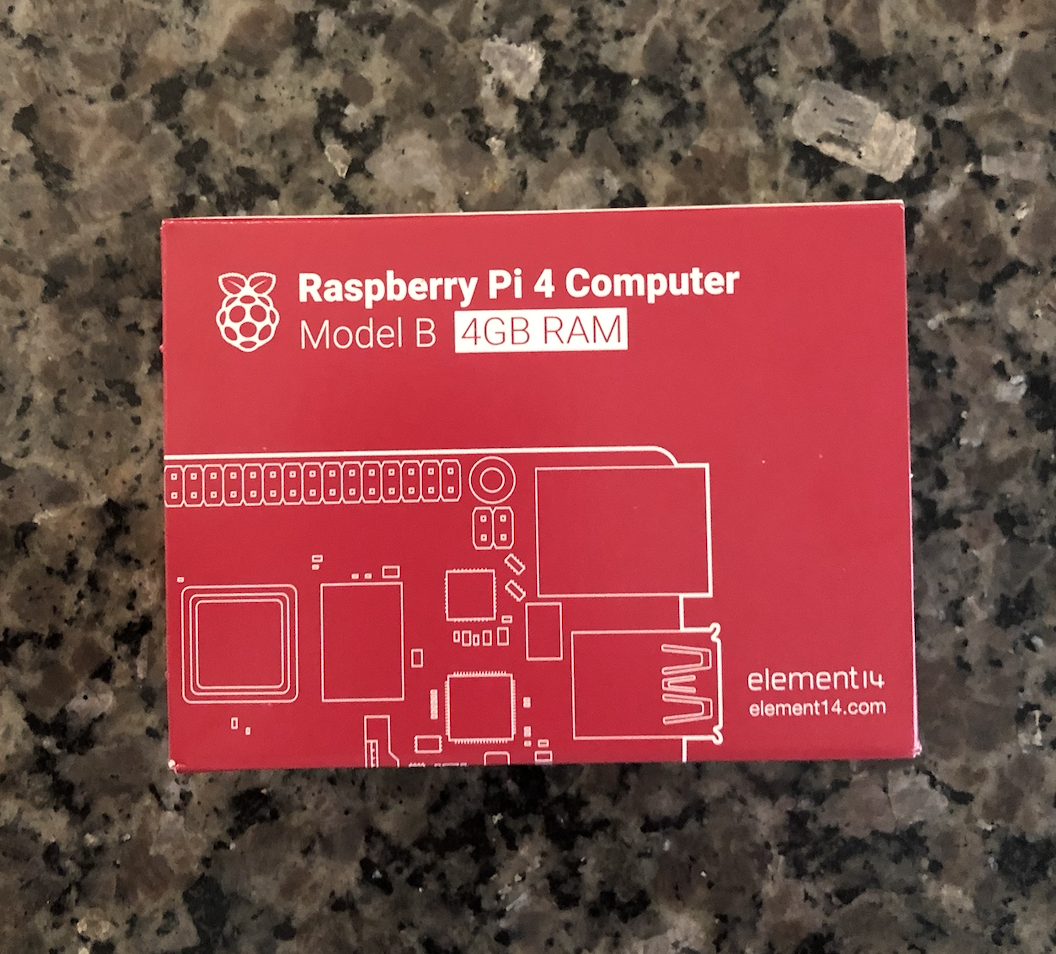This project was built on a Raspberry Pi 4B running Raspian buster and Rancher K3s.
Pi-hole is a Linux network-level advertisement and Internet tracker blocking application which acts as a DNS sinkhole (and optionally a DHCP server), intended for use on a private network. It is designed for use on embedded devices with network capability, such as the Raspberry Pi, but it can be used on other machines running Linux and cloud implementations. Pi-hole has the ability to block traditional website advertisements as well as advertisements in unconventional places, such as smart TVs and mobile operating system advertisements.
Some notable features include:
- Password protection
- Detailed graphs
- Top lists of blocked domains and clients
- A filterable and sortable query log
- Long Term Statistics to view data over user-defined time ranges
- The ability to easily manage and configure Pi-hole features
If using Metallb
✅ In the metallb-configmap.yaml file you need to set the IP ranges to match your network.
config: |
address-pools:
- addresses:
- 192.168.161.204-192.168.161.214
name: default
protocol: layer2
- addresses:
- 192.168.161.215-192.168.161.224
name: network-services
protocol: layer2✅ k3s uses the stable/traefik helm chart to deploy the ingress controller with service type LoadBalancer, and the ports there are hardcoded to 443 and 80.
We will be removing Traefik so our pihole-tcp service can use port 80 on the node instead.
$ kubectl get svc -n kube-system
NAME TYPE CLUSTER-IP EXTERNAL-IP PORT(S) AGE
kube-dns ClusterIP 10.43.0.10 <none> 53/UDP,53/TCP,9153/TCP 14m
metrics-server ClusterIP 10.43.177.238 <none> 443/TCP 14m
traefik LoadBalancer 10.43.52.84 192.168.161.104 80:32185/TCP,443:31801/TCP,8080:30008/TCP 12m
$ kubectl delete -n kube-system helmcharts traefik
helmchart.helm.cattle.io "traefik" deleted
$ kubectl get svc -n kube-system
NAME TYPE CLUSTER-IP EXTERNAL-IP PORT(S) AGE
kube-dns ClusterIP 10.43.0.10 <none> 53/UDP,53/TCP,9153/TCP 21m
metrics-server ClusterIP 10.43.177.238 <none> 443/TCP 21m
$ cd k3s-pi-hole
$ kubectl apply -f manifests/
If you get an error while applying the manifests, run kubectl apply -f manifests/ again. Sometimes the resources required are not deployed yet.
Now you should be able to access the Pi-hole web Gui at http://(node-IP):30007 and http://(node-IP)/admin
The login password is: admin
The Web interface password needs to be reset via the command line on your Pi-hole. This can be done locally or over SSH. You will use the pihole command to do this:
pihole -a -p
You will be prompted for the new password. If you enter an empty password, the password requirement will be removed from the web interface.
This page shows how to use kubectl exec to get a shell to a running container.
https://kubernetes.io/docs/tasks/debug-application-cluster/get-shell-running-container/
kubectl exec --stdin --tty <your pihole pod> -- /bin/bash
root@pihole-687f4b5567-bk8s2:/# pihole -a -p
Enter New Password (Blank for no password):
Confirm Password:
[✓] New password set
root@pihole-687f4b5567-bk8s2:/#
root@pihole-687f4b5567-bk8s2:/#


